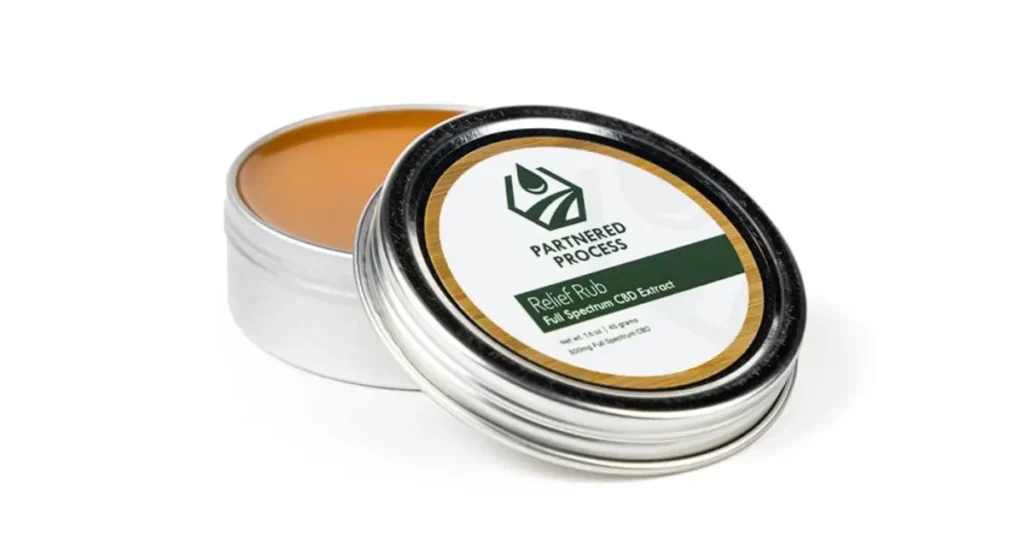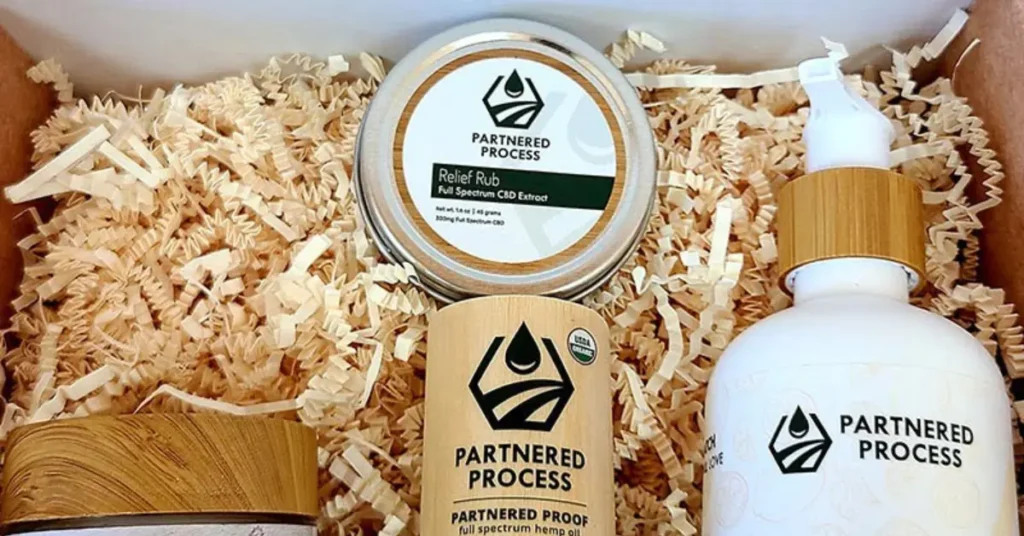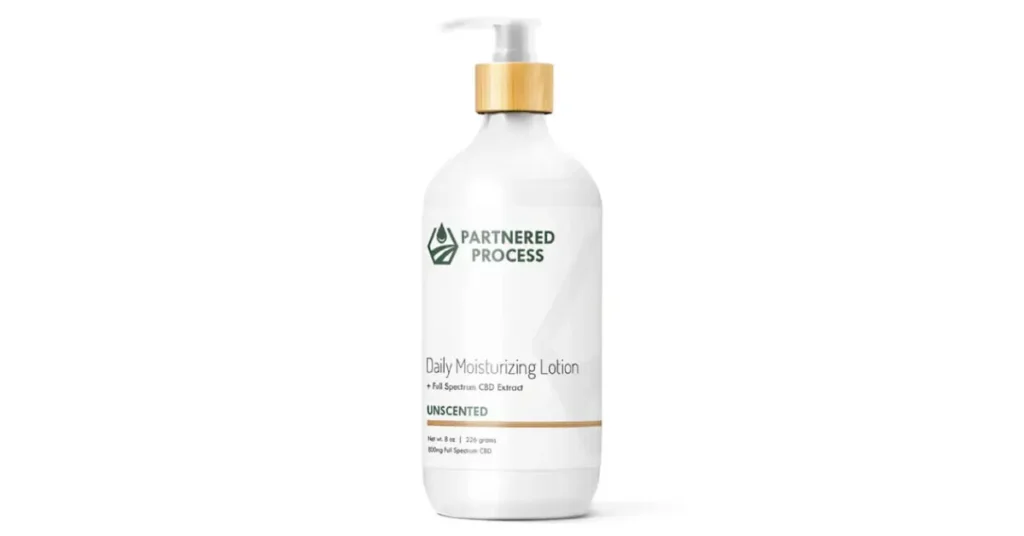Recovery is a critical aspect of athletic training, and athletes continually explore new methods to soothe sore muscles and heal minor injuries. In recent years, many have turned to CBD topicals for athletes as natural aids for post-workout recovery. The interest in CBD among the sports community has surged, mainly because CBD addresses two key issues athletes face: inflammation and pain. Whether it’s a collegiate runner nursing tired calves or a professional football player recovering from a challenging game, CBD-infused creams and balms are increasingly finding a place in gym bags.

What Are CBD Topicals?
CBD topicals are any CBD-infused product designed to be applied externally to the skin. Unlike CBD oils or edibles that are ingested, topicals work locally on muscle and skin tissues. These products come in various forms, including creams, gels, balms, salves, and ointments. A CBD cream for athletes typically has a lotion-like consistency and is easy to spread over large areas like thighs or back. At the same time, a salve or balm is thicker and often concentrated for targeted application. An ointment usually refers to an oil-based preparation that leaves a moisturizing layer, proper for a long-lasting effect on dry or chafed areas. Despite slight differences in texture or ingredients, all these forms share the common factor of delivering CBD through the skin.
Because they are applied to the skin, CBD topicals offer localized relief. A CBD balm rubbed onto a sore calf will primarily affect that area and not the entire body. This is an attractive feature for athletes who want to address a specific ache without the systemic effects that oral pain relievers might have. Some high-quality sports balms double as a CBD balm for skin care, containing essential oils and moisturizers that help repair the skin barrier as they ease discomfort.
How Do CBD Topicals Work?
When you apply a CBD topical, the active compounds penetrate through the epidermis (outer skin layer) and interact with receptors in your skin and muscle tissues. The human body’s endocannabinoid system (ECS) has receptors (like CB1 and CB2 receptors) located throughout the skin and peripheral nerves. CBD does not need to enter the bloodstream in large quantities to be effective here – instead, it engages these localized cannabinoid receptors. A CBD salve or cream is absorbed into the skin and binds to nearby cannabinoid receptors, triggering the ECS to help alleviate pain and inflammation in the area.
One advantage of this local action is that CBD topicals do not produce a psychoactive “high.” Traditional cannabis products cause a high because THC (the psychoactive compound) travels through the bloodstream to the brain. CBD topicals, on the other hand, deliver relief to muscles and joints without affecting the brain or other parts of the body. This local focus also means minimal side effects; athletes can use a CBD cream on their knee without worrying that it will cause drowsiness or lightheadedness.
Another aspect of how CBD topicals work is through what’s known as the TRPV1 receptors and other pain-regulating channels in the skin. CBD is believed to desensitize certain receptors that regulate pain and itch, resulting in a numbing or soothing effect on sore areas. Additionally, CBD’s well-documented anti-inflammatory properties help calm down the immune response in muscles and joints. Inflammation is a natural part of tissue repair after intense exercise or injury, but excessive inflammation can prolong pain and recovery time. By applying a CBD balm for sports injuries, an athlete can help control the inflammatory process in the immediate area, potentially leading to reduced swelling and faster recovery.
Comparisons with Other Pain Relief Options
Traditional topical pain relievers, such as menthol-based creams, capsaicin rubs, or products containing nonsteroidal anti-inflammatory drugs (NSAIDs), have been staples in sports medicine for years. These formulations work primarily by creating sensations that distract from pain or by reducing inflammation at the application site. CBD topicals, in contrast, leverage the body’s endocannabinoid system to modulate pain and inflammation at a cellular level. While many CBD products also include menthol, camphor, or arnica for an immediate sensory effect, their distinguishing feature is the inclusion of cannabidiol, which interacts with cannabinoid receptors in the skin and underlying tissues.
Compared to oral pain relievers like ibuprofen, acetaminophen, or prescription medications, both CBD and traditional topicals have fewer systemic risks. Oral medications must be metabolized by the liver and circulate throughout the body, which can increase the risk of side effects or interactions—an important consideration for athletes with long training seasons. Topicals, in general, are less likely to cause such issues, as their absorption into the bloodstream is minimal.
A potential advantage of CBD topicals is their safety profile. According to Healthline, “CBD creams can be effective for temporary pain relief. However, more research is needed overall.” They are generally well-tolerated and can be used multiple times a day without significant risk, though users should always check for allergens in the ingredient list. Dosing with topicals can be imprecise, and their effectiveness may vary depending on the skin type, the severity of pain, and individual response.
Fast-Acting Relief: Onset and Duration of CBD Topicals
For athletes, timing is everything. Often, the goal is to find something that works quickly to relieve pain immediately after a grueling workout or during a competition. Fortunately, one of the big appeals of CBD topicals is that they are fast-acting. These topicals should take effect almost immediately, with noticeable relief from inflammation or skin discomfort in approximately 15 minutes. This rapid onset is because the CBD doesn’t have to travel far; it’s delivered directly to the area in need through skin absorption.
The duration of relief from a CBD topical can vary based on the product’s potency and the severity of the issue. Typically, the effects last anywhere from two to six hours. A higher-concentration cream or a thicker balm may provide relief at the longer end of that range, whereas a lighter lotion may wear off within a couple of hours. Athletes can reapply these topicals as needed. It’s worth noting that fast-acting CBD topicals are excellent for targeting sudden flare-ups, but their effects, while rapid, are temporary. For prolonged relief, some athletes use a combination of immediate topical relief and longer-acting systemic supplements. The immediate action of topicals, however, makes them ideal for acute situations: think of them as the “first aid” in post-exercise care. Another benefit is that using CBD externally avoids gastrointestinal absorption, so athletes don’t have to wait an hour or more, as with an edible or pill. If you have just finished an intense training session and your quads are screaming, massaging a CBD cream for runners onto the muscles can provide a quick soothing sensation while you cool down. Many runners and triathletes keep a roll-on CBD stick or tube of muscle balm in their gym bag specifically for this fast-acting relief on the go.
Pain Relief and Inflammation Control
The primary reason athletes use CBD topicals is for pain management and reducing inflammation after exercise. Intense physical activity causes microscopic damage to muscle fibers, leading to inflammation and the familiar soreness that follows a challenging workout. CBD’s biochemical interaction with our bodies directly addresses these issues. Cannabidiol interacts with the body’s endocannabinoid system to reduce inflammation and modulate pain signals, which explains why it’s commonly used among athletes for aches and pains. By calming the inflammatory response, CBD can potentially prevent minor muscle tears from becoming major pain points. Modulating pain signals means that the sensation of soreness or stiffness is reduced, helping athletes feel more comfortable and mobile sooner.

How Athletes Use CBD Muscle Rubs in Practice
We know what CBD topicals can do, but how athletes use CBD muscle rub products on a day-to-day basis is another piece of the puzzle. Athletes incorporate CBD topicals as one component of a broader recovery routine. Here are some standard practices:
- Post-Workout Application: The most prevalent use is right after exercise. Athletes will massage a CBD cream or balm into the muscles they just worked. After a long run, a marathoner might spend a few minutes rubbing a CBD cream for runners onto their calves, thighs, and feet to reduce inflammation and soreness preemptively. The act of massaging the muscles itself is beneficial for recovery, and the addition of CBD may amplify pain relief. By delivering CBD directly to fatigued muscles, the goal is to accelerate recovery, allowing the athlete to train again sooner.
- Targeting Sore Spots: Athletes often have a few problem areas that consistently bother them – say, a troublesome shoulder or knee. Many will apply a CBD salve to these spots as needed, not just after workouts. For instance, a tennis player with a cranky elbow might keep a tin of CBD balm in their bag and apply it during breaks or after matches to manage flare-ups of joint pain. Because CBD topicals can be used multiple times a day, athletes can strategically time their applications: in the morning to loosen stiff joints, before training to alleviate any nagging pain, after training to aid recovery, and even at night to reduce discomfort that might disrupt sleep.
- Massage and Physical Therapy: Some athletes integrate CBD topicals into professional massage or therapy sessions. A sports massage therapist might use a CBD-infused oil during deep tissue work on an athlete’s back or legs. The topical CBD not only provides the usual benefits of a massage cream, but also potentially adds analgesic and anti-inflammatory effects.
- Daily Maintenance: Beyond acute use, some athletes apply CBD as part of daily maintenance, similar to how one might use a moisturizing lotion or a muscle liniment each day. An older athlete with arthritis might rub a CBD ointment for chronic pain into their hands or knees every morning to improve joint mobility during the day. By doing this consistently, they hope to keep inflammation at bay continuously rather than chasing pain after it spikes.
This targeted relief concept is a significant factor in the growing popularity of CBD topicals for athletes; they seamlessly integrate into training routines, providing assistance where needed and staying out of the way where unnecessary.
Choosing Safe and Effective CBD Topicals
With the growing interest in CBD, the market has been flooded with products, and not all are created equal. Athletes must be discerning when selecting a CBD topical to ensure they get a product that is both effective and safe (especially those competing under strict anti-doping rules). Here are some key factors to consider:
- Hemp Source and Quality: Look for products made from high-quality hemp, ideally organically grown. An organic hemp cream or balm means the hemp was cultivated without pesticides or heavy metals, reducing the risk of contaminants. Many athletes prefer an organic CBD balm for this reason, to avoid rubbing any unwanted chemicals into their skin. The product should clearly state the origin of the hemp and whether it’s full-spectrum, broad-spectrum, or CBD isolate. Full-spectrum products contain other beneficial cannabinoids and terpenes, which may enhance effectiveness, whereas isolates are pure CBD. If you don’t want even trace THC, opt for a broad-spectrum or isolate product.
- CBD Potency: Check the amount of CBD in the product (usually listed in milligrams). A higher concentration may provide more relief, though it can also be more expensive. For instance, the best CBD salve for athletes typically contains a potent dose of CBD, ensuring that each application delivers a substantial amount of cannabidiol. Products marketed as the best hemp salve often highlight their high CBD content and use of full-spectrum hemp extract.
- Additional Ingredients: Examine the ingredient list. Some CBD topicals are formulated with cooling or warming agents, which can provide immediate sensation and help with pain. Others include herbs such as arnica, turmeric, or eucalyptus, which are known for their anti-inflammatory or soothing properties. If you have known allergies or skin sensitivities, make sure the product doesn’t contain irritants.
- Third-Party Testing: Reputable CBD brands will have their products tested by independent laboratories and will make those lab reports available to consumers. These reports confirm the CBD content and check for impurities like pesticides, solvents, and THC levels. Only buy CBD balm online from companies that provide lab results to verify what’s in the product. Before you purchase CBD topical cream of any kind, do a bit of homework: read reviews, verify the company’s transparency, and ensure they follow good manufacturing practices. Athletes, in particular, should confirm that THC content is either zero or well below legal limits if they are subject to drug testing.
- Brand Reputation: Consider buying from established or specialized producers. A company with a focus on quality and transparency is more likely to deliver a product that works as advertised. For example, Partnered Process is one brand that emphasizes high-quality CBD products. Look for brands that don’t make wild health claims and that have positive feedback from other athletes or trainers.
Safety goes hand in hand with choosing the right product. CBD topicals are generally very safe, but athletes have a few extra considerations.
Frequently Asked Questions About CBD Topicals for Athletes
Is it legal for athletes to use CBD topicals?
Yes, CBD derived from hemp with less than 0.3% THC is federally legal in the U.S., but always check your state’s laws and your sport’s regulations before use.
Will CBD topicals make me fail a drug test?
Most CBD topicals contain little to no THC, so they are unlikely to cause a positive drug test. However, contamination is possible, so choose products with third-party lab testing.
How much CBD topical should I use?
Start with a small amount and apply directly to the affected area. You can gradually increase the amount as needed, following the product’s instructions for best results.
How quickly do CBD topicals work?
CBD topicals usually take effect within 15–30 minutes of application, offering targeted relief to the area where they are applied.
How long do the effects of CBD topicals last?
The effects typically last between two and six hours, depending on the product’s potency and your response.
Are CBD topicals safe for athletes?
CBD topicals are generally considered safe and have a low risk of side effects. Always check the ingredient list for potential allergens and consult your healthcare provider if you have concerns.
Can I use CBD topicals with other recovery products?
Yes, but avoid applying multiple products at the same time to reduce the risk of irritation. Separate applications by a few hours and monitor your skin’s response.

For athletes considering adding pain relief balm CBD to their arsenal, the advice is straightforward. Do your homework on the product, use it as one part of a comprehensive recovery plan, and pay attention to your body’s response. If used thoughtfully, CBD topicals can be a valuable ally. Helping you bounce back faster, manage the grind of training, and ultimately stay in the game. As the mantra goes in sports: take care of your body, and it will take care of you. CBD topicals are yet another tool to help take care of that body, naturally and effectively.
Sources:
- Benjamin Domb, M.D., “CBD and Sports Injuries: Can Cannabidiol Aid in Recovery?”benjamindombmd.combenjamindombmd.combenjamindombmd.com (benjamindombmd.com blog)
- Dorsa Chiropractic, “The Healing Power of CBD Topicals”dorsachiropractic.com
- Real Simple, “How Long It Takes to Feel the Effects of CBD”realsimple.comrealsimple.com
- News-Medical, “CBD treatment in elite athletes: topical administration tolerated well with only minor adverse effects”news-medical.net
- Frontiers in Physiology, Rojas-Valverde et al. 2021, “Potential Role of Cannabidiol on Sports Recovery: A Narrative Review”frontiersin.org




